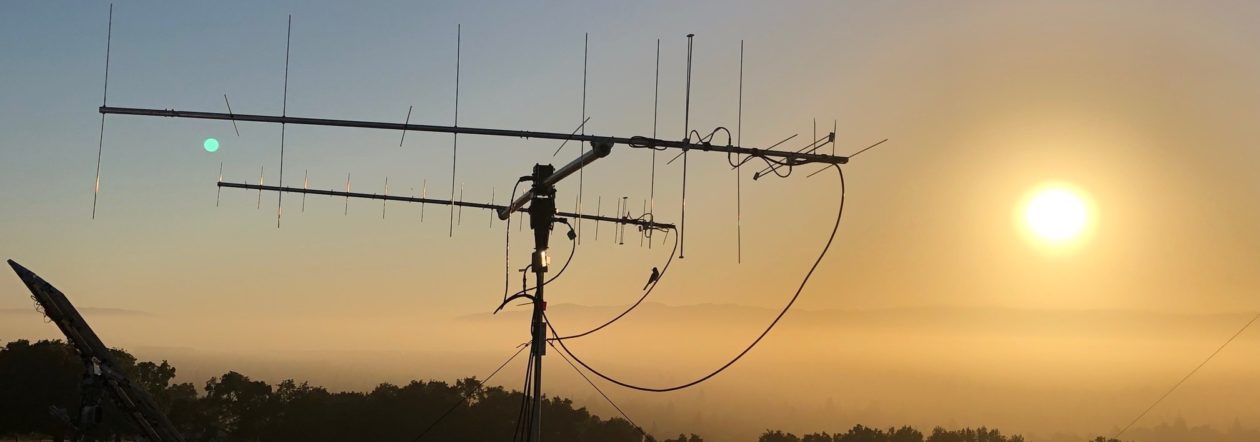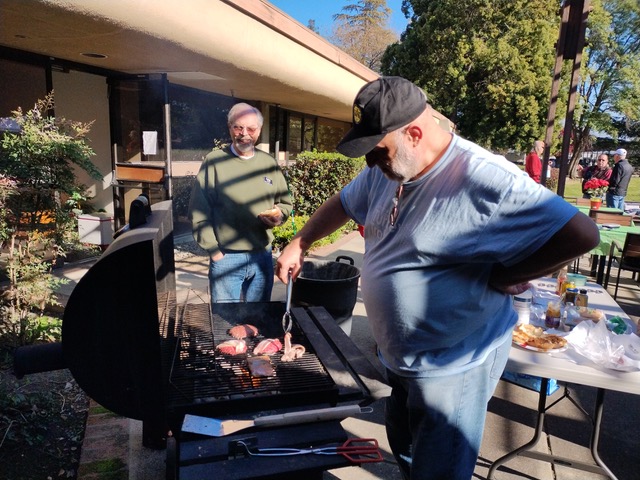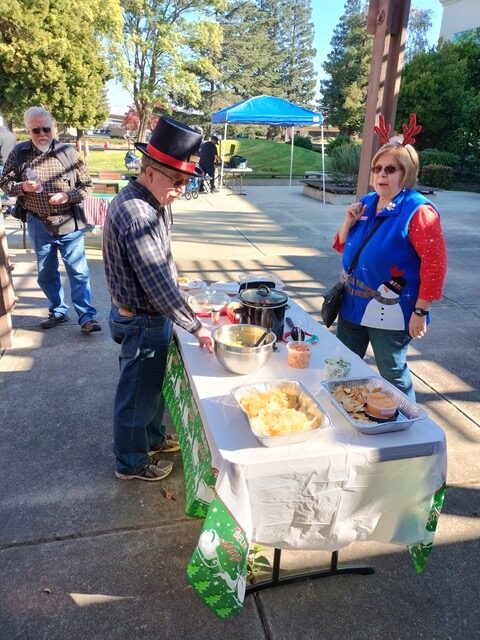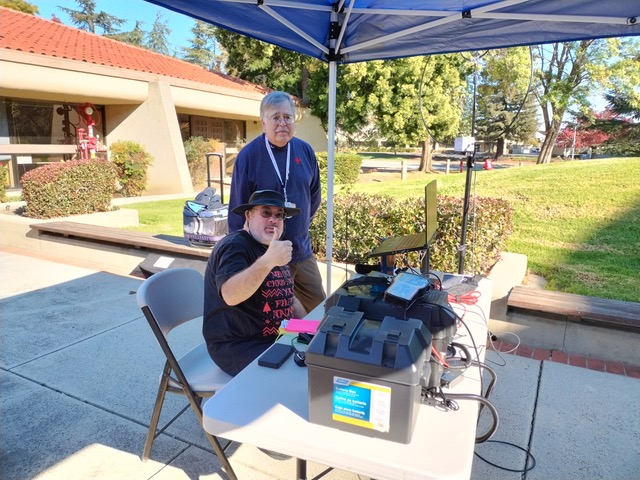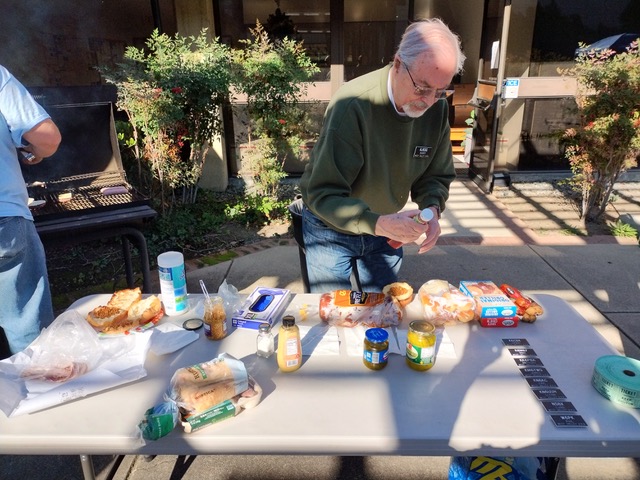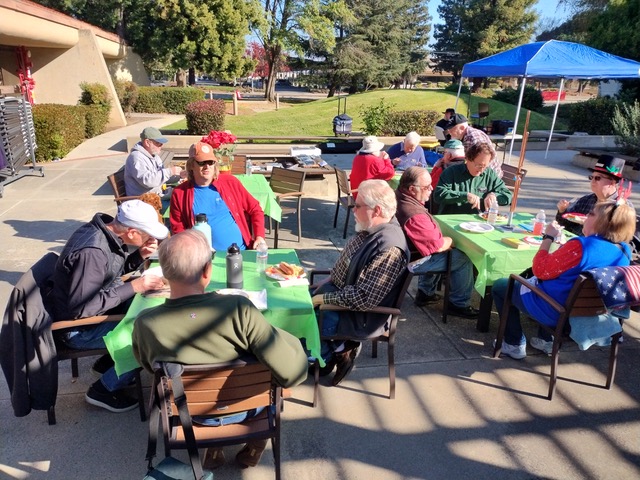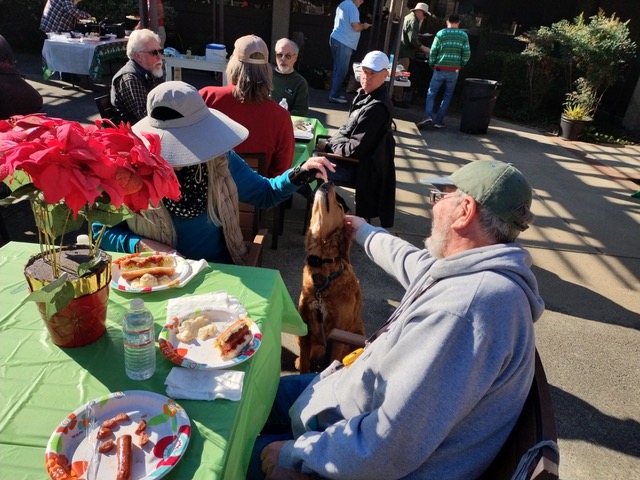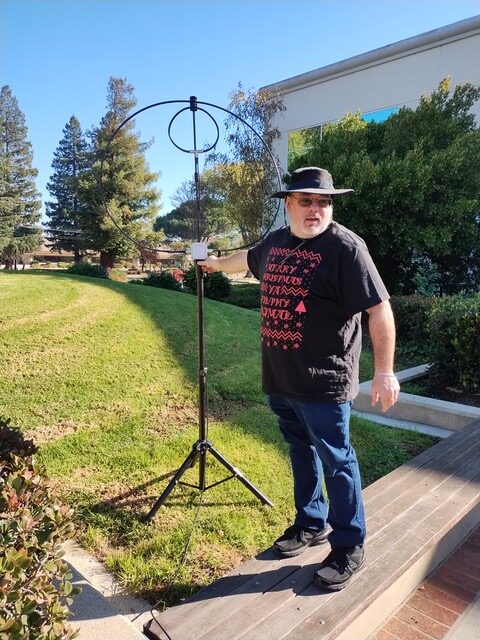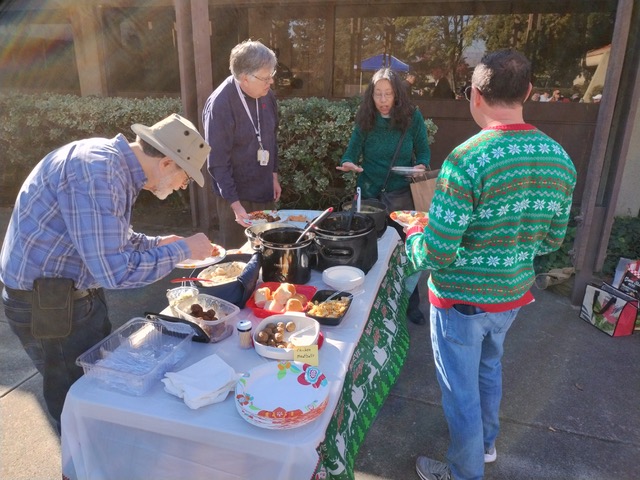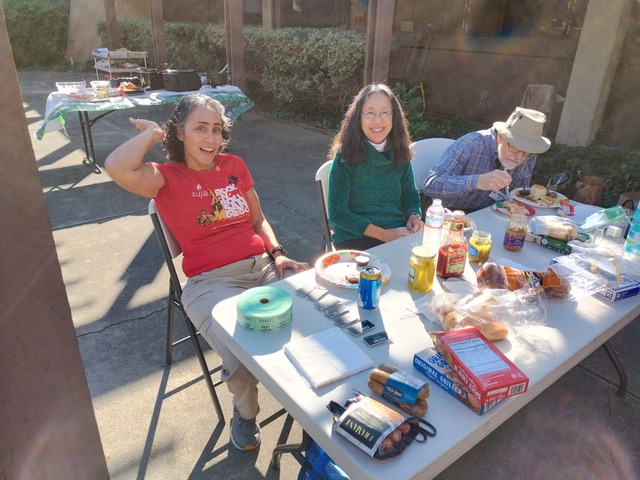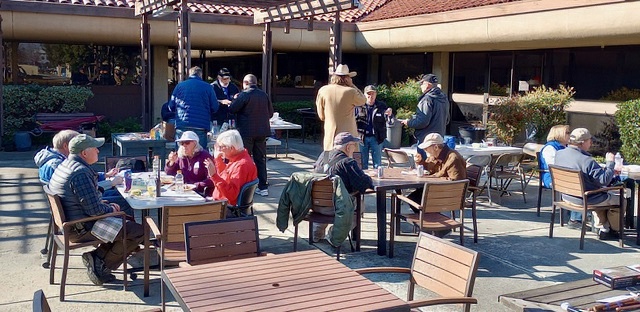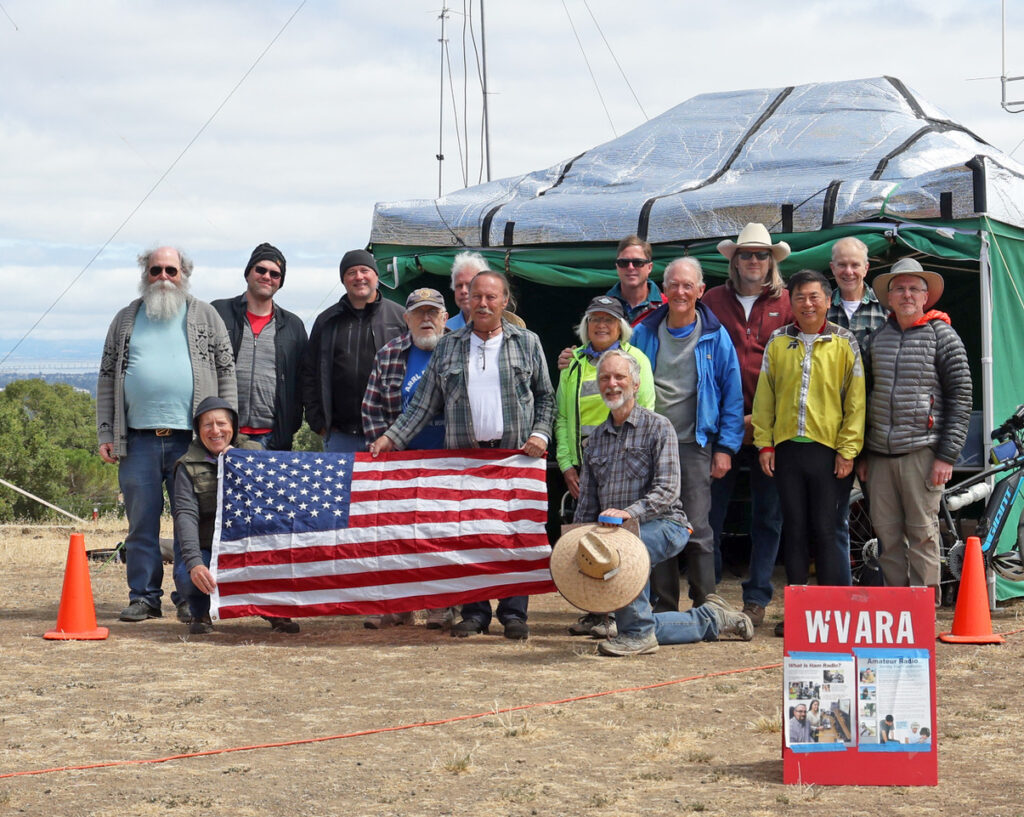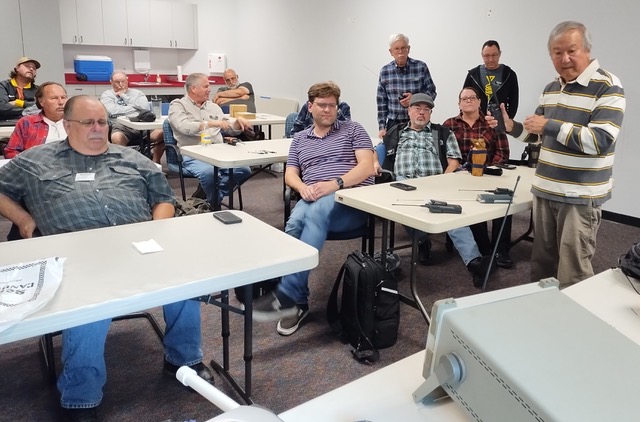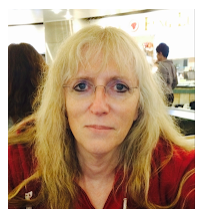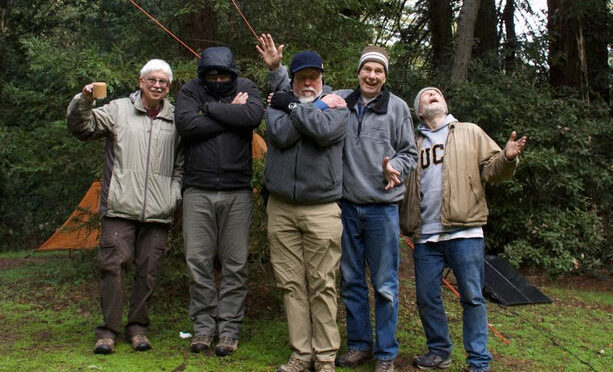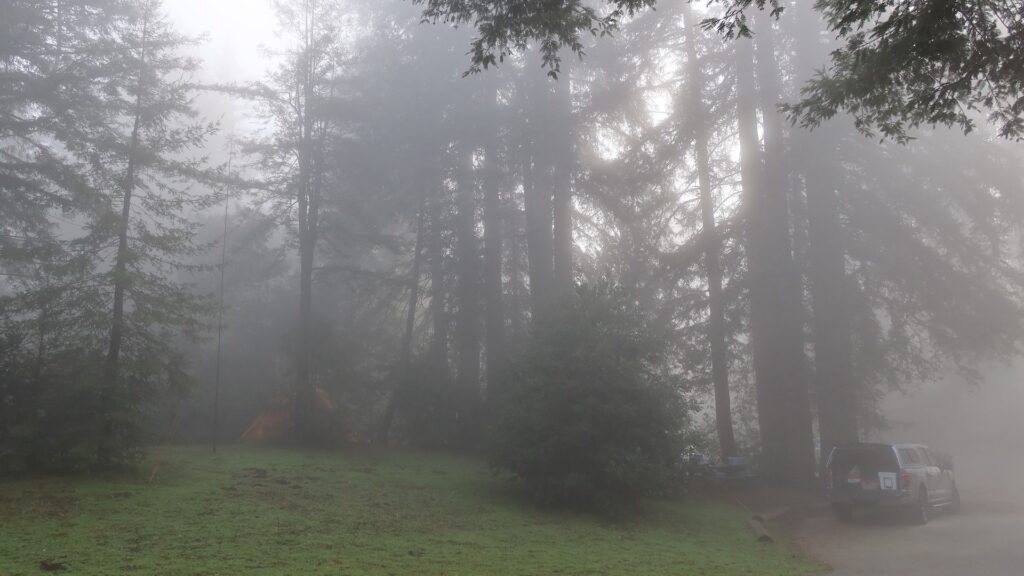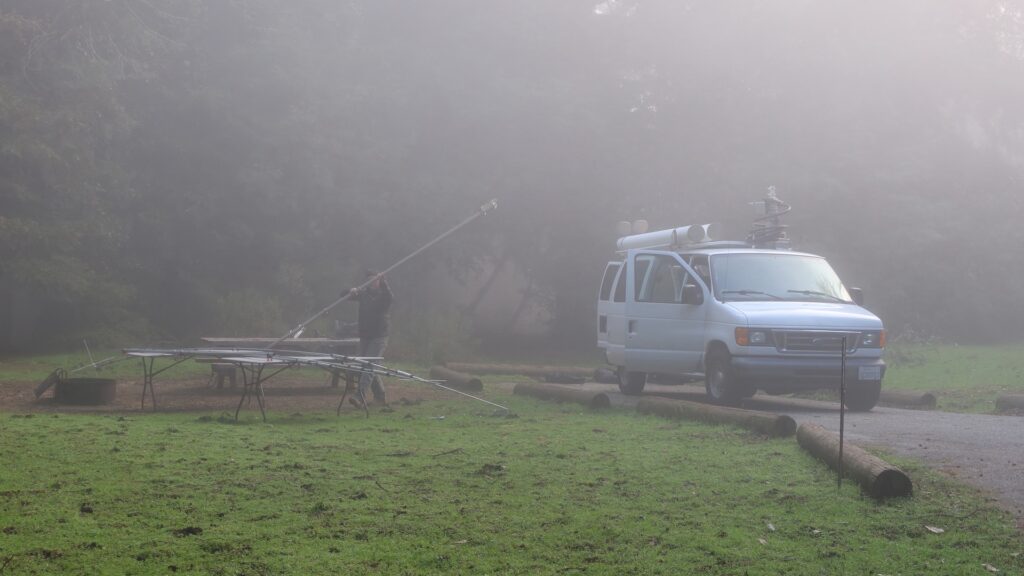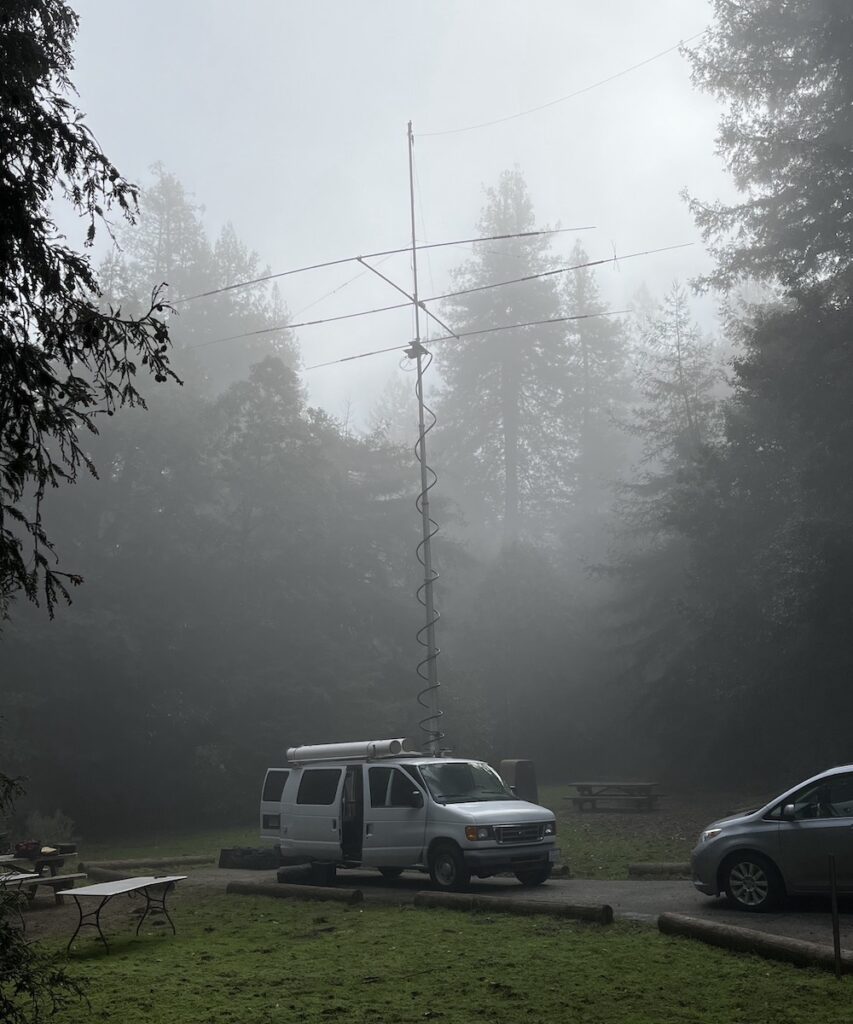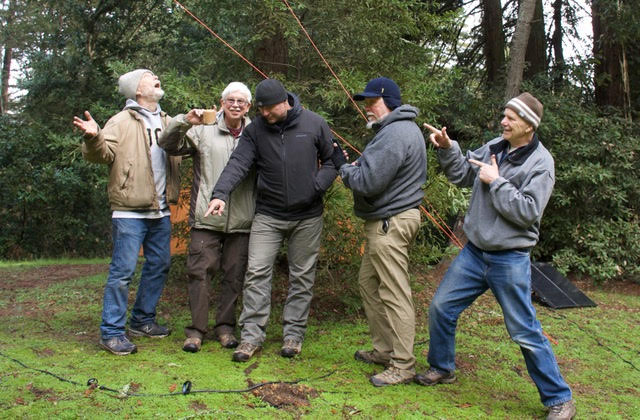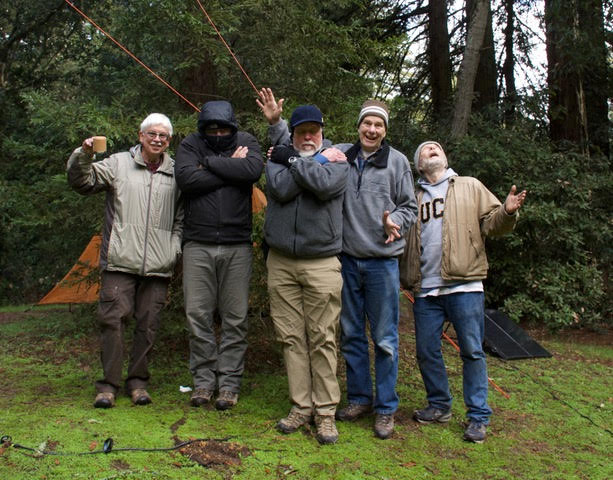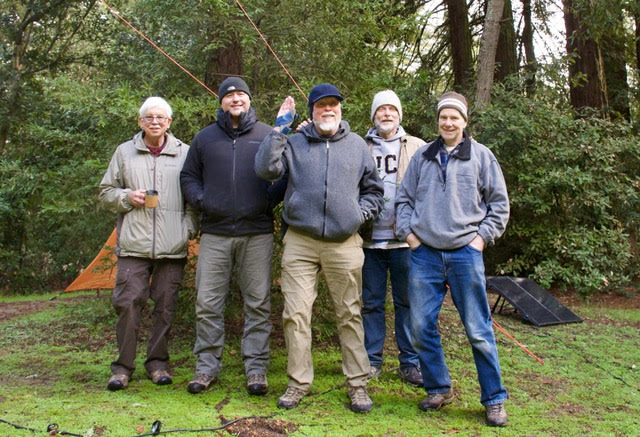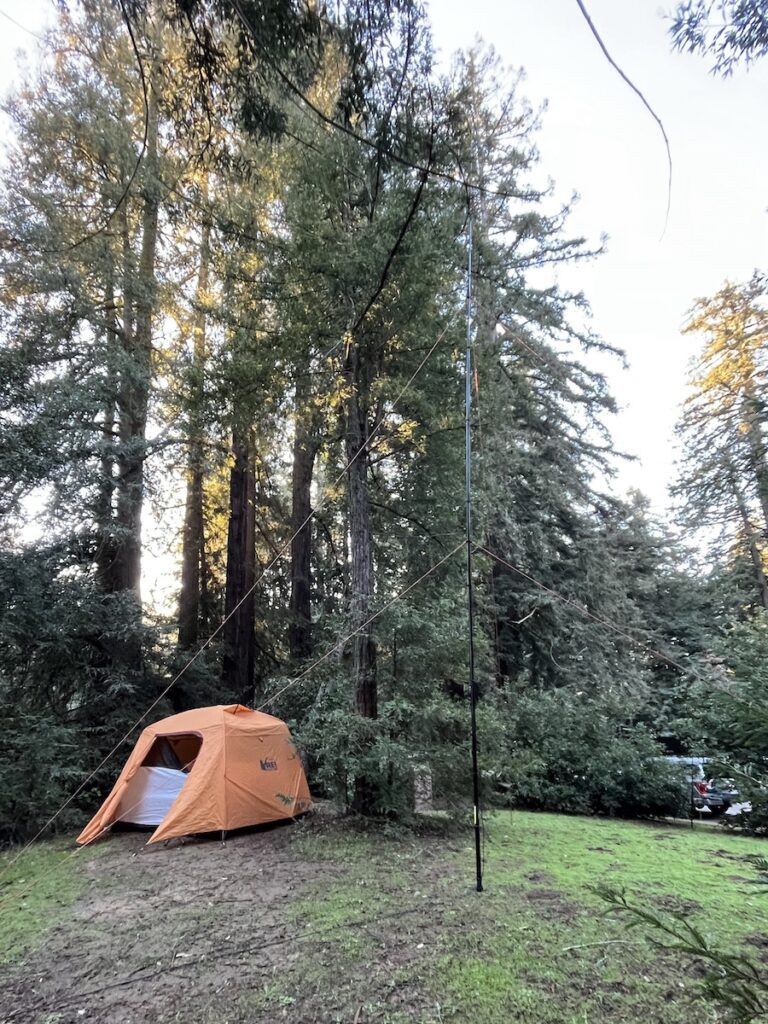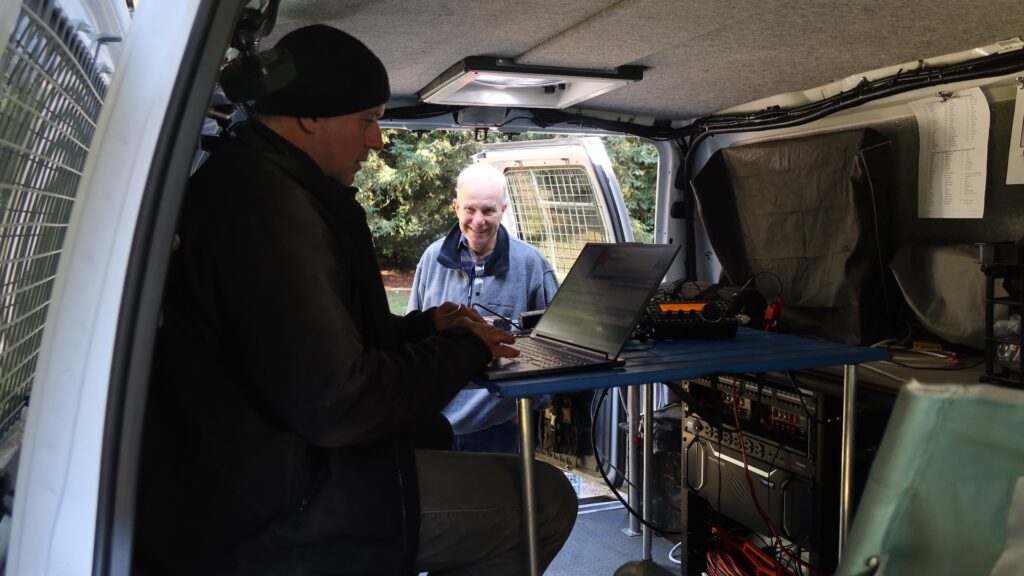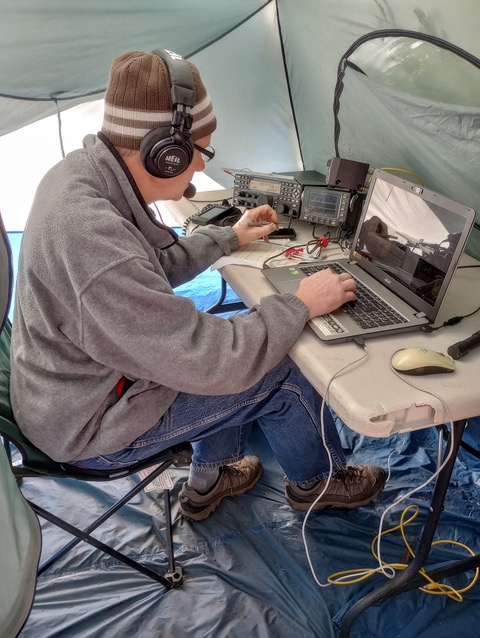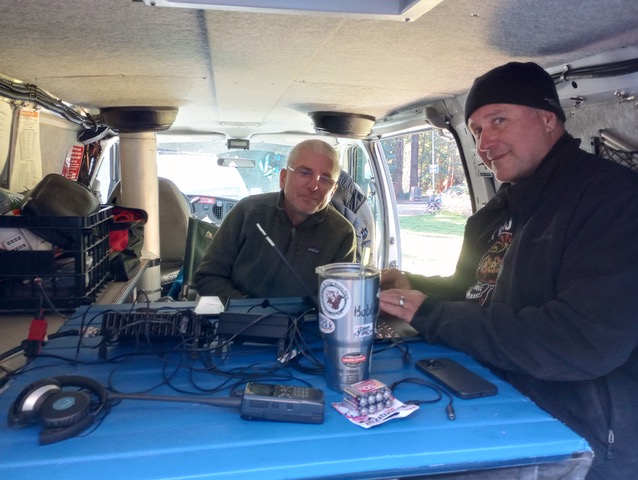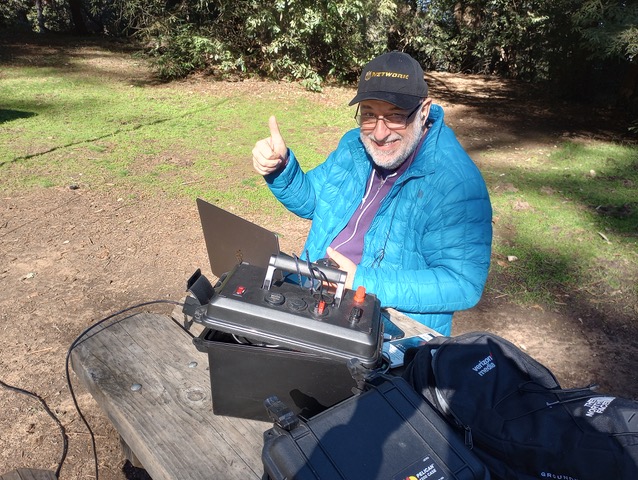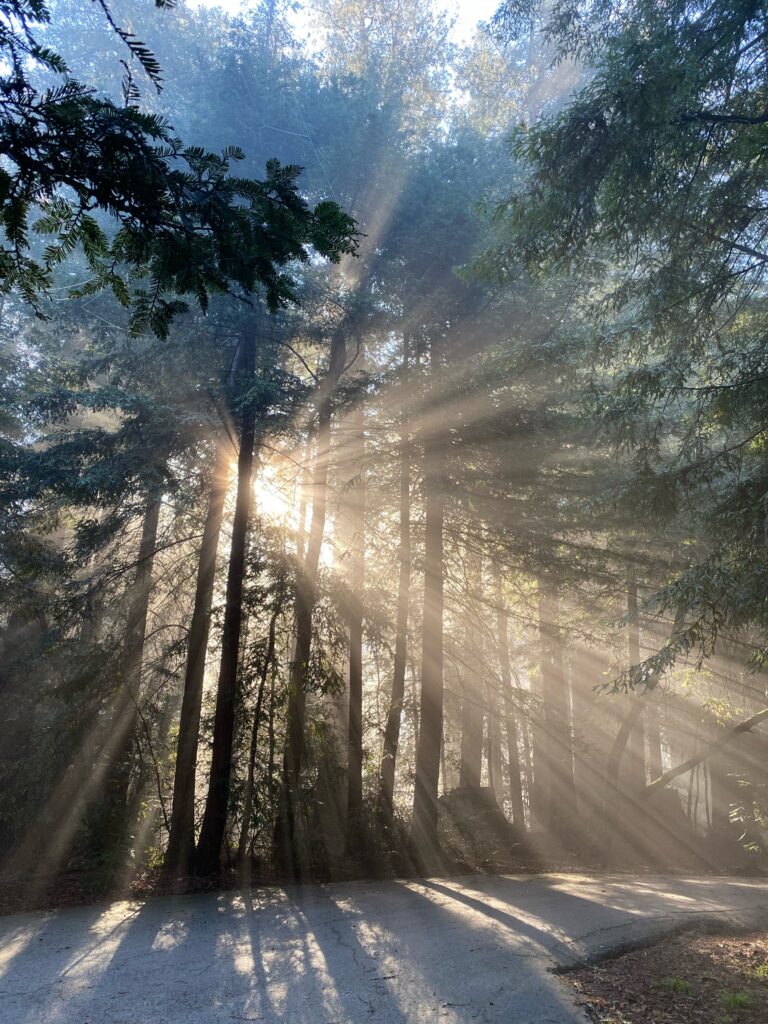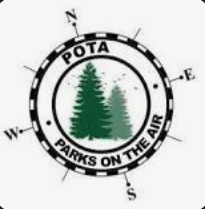
Parks-On-The-Air (POTA) is a great opportunity for hams who enjoy the outdoors to activate portable operations from local, state, and national parks. POTA also promotes the role of amateur radio in emergency awareness and is a great excuse to get on the air from scenic locations. At this month’s meeting, Clay Couger (N5YJZ) will bring us up to speed on how to get involved with Parks-On-The-Air. And Scott Nacey (KK6IK) will pass along some lessons learned from his recent POTA activations.
This month’s WVARA meeting will be held in-person on Wednesday, January 10, in Meeting Room 3 at the Silicon Valley Chapter of the American Red Cross, 2731 N. First Street at Plumeria Drive (southwest corner) in San Jose. Social time begins around 6:45pm with the meeting beginning at 7pm. If you haven’t been to the Red Cross in a while, “talk-in” is usually available on the Association’s repeaters. Best choice would be 2m/220.
Please note:
• Since the west side entrance to the Red Cross Building is always locked, we recommend entering the Red Cross Building through the main entrance situated on the north side of the building.
• The Red Cross locks the main entrance at 7pm sharp, so please come early in order to get access to the building.
• We will be in Meeting Room 3 — about 100 feet from any entrance. As a result, late comers who knock on an outside door won’t be heard from our meeting room. If you need help getting in the door, you can my cellphone: 408-636-6172.
• The meeting will be in-person only and not streamed via Zoom.
By the way, several of us meet nearby for dinner prior to the meeting at 5:30pm at Dish-N-Dash (2551 N. 1st St. San Jose): https://dishdash.com . Feel free to join us.
73s,
Jim, K6EI
WVARA Vice President
